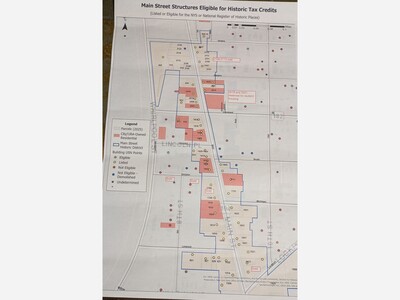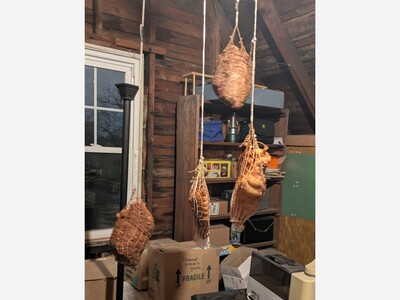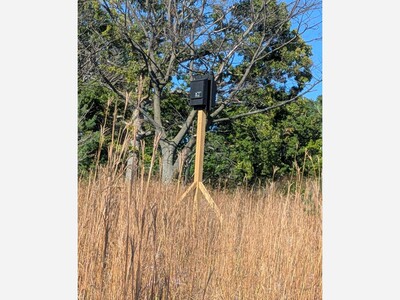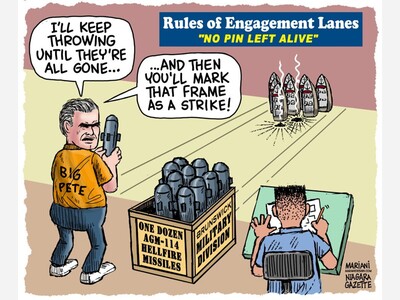Parkway removal plan progresses
Much like the Local Waterfront Revitalization Program, the Niagara Scenic Parkway Project is long-term, the sort of big-government project that takes at least a decade to complete after years of study when the public sees no progress and the engineers, planners and architects get paid.
In the end, the elimination of one of Robert Moses’ big mistakes, a Parkway that separates Niagara Falls from its river, is reimagined to become a park road. There are nuanced plans in the two final proposals reconnecting DeVeaux and Lewiston to the river.
It’s not as big as the pall Moses cast on the city when he replaced 25% of its tax base with a power project built in Lewiston run by an unaccountable public authority, or the gigantic gash carved from Tuscarora land for a reservoir on its land but still but it is a mistake that can be corrected.
Just to be clear, the Dodgers are not coming back to Brooklyn (Yes, that’s another Moses thing – he argued successfully that a baseball stadium was of no public benefit and so eminent domain could not be used to help the Ebbets Family build a new stadium. The Ebbets sold to the O’Malley’s who moved the fare Dodgers to California).
There are two mostly similar proposals on the table for the project. Both include traffic circles at Niagara University and multiple bike paths crossing the dam at the power plant because the elevation changes and multimodal transportation needs to be accounted. There are also various forms of connection from sidestreets to the park and a parking lot on Vanderbilt Avenue to accommodate fishermen who currently park on the street and walk down the Vanderbilt stairs to the Whirlpool stairs.
Here is the email sent by planners this morning:
“We wanted to provide you with an important update on the progress of the Niagara Scenic Parkway project.
Current Status:
“We have completed a draft of our Project Study Report and are now moving forward with the review process. The report is currently being transmitted to the Federal Highway Administration (FHWA) for their review, with assistance from NYSDOT.
Next Steps:
“The FHWA will conduct their review over approximately 30 days, after which we will address any comments they provide. Once the feedback has been addressed, we anticipate the updated report will be finalized and the preliminary design process will commence. As a reminder, the design concepts currently being progressed, Concept A and Concept B, are available on the website below with the past meeting materials (Public Workshop #2).
Timeline:
We expect coordination with FHWA to continue through 2025. The project study report is expected to be finalized and the preliminary design phase should begin in the spring of 2026. Future public meetings will be announced following review by FHWA.
“We appreciate your continued interest in this important project and will keep you informed as we progress through each phase of the review process.”







